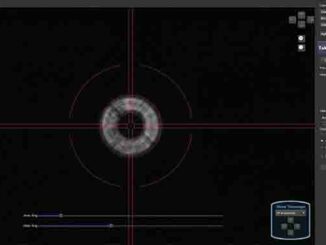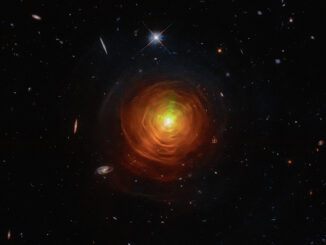
Month: May 2022

Observing

Equipment

Picture This

Picture This

Picture This

Equipment

Observing

Picture This

Observing

Picture This
